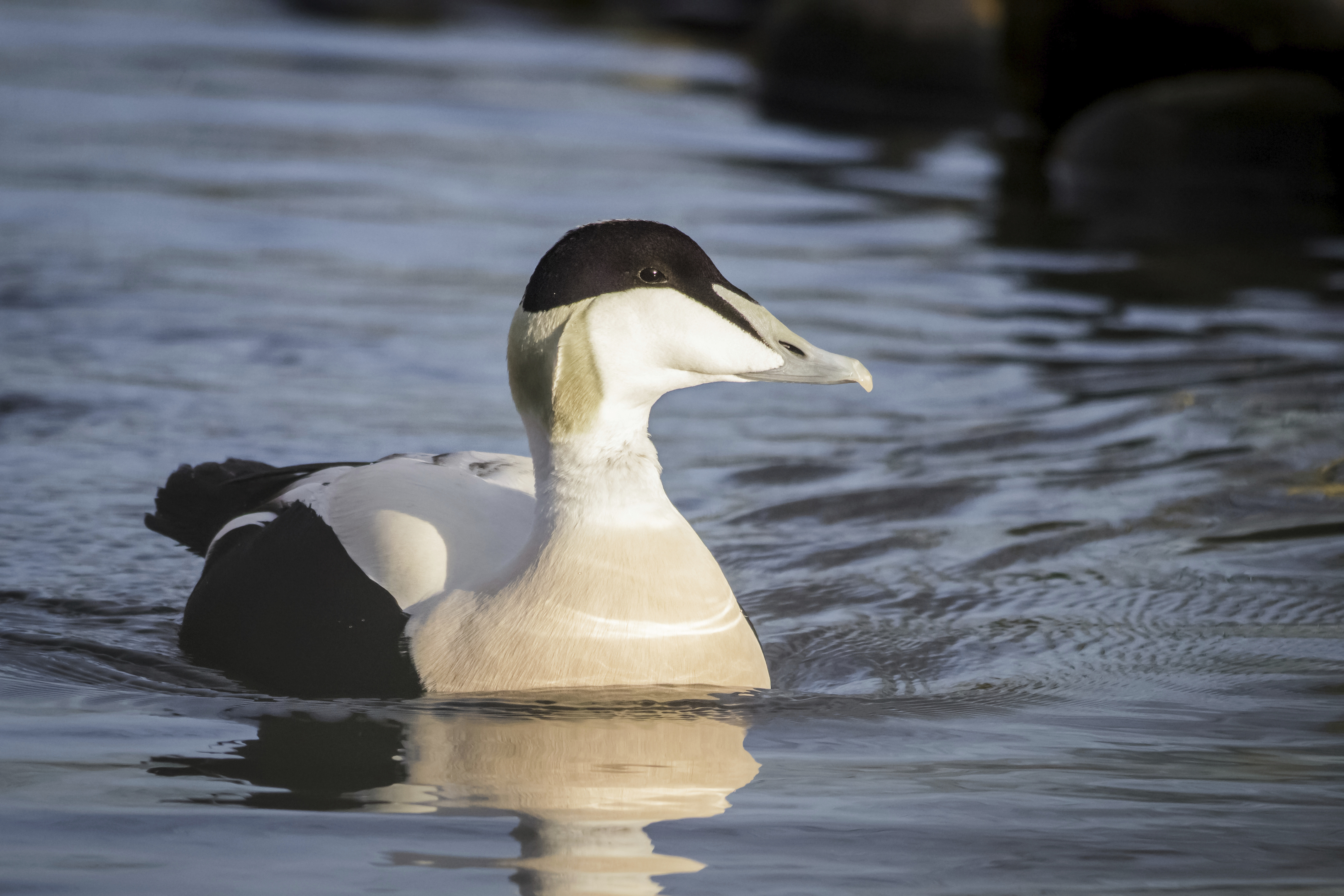The elaborate courtship display of the male eider duck is an entertainment spectacular at this time of year.
Anthropomorphism is often frowned upon by purists in the wildlife world but the courtship call of the drake eider sounds so uncannily similar to a not-very politically-correct man uttering an appreciative “coo-or” or “ah-hoo” towards an attractive woman that it never fails to make me smile.
As they woo, the amorous drakes threw back their heads in noisy admiration of the females bobbing up and down in amongst them in the coastal shallows.
For me, it is one of the quintessential sounds of a Scottish spring down by the shore, stirring happy memories of sunny heat shimmering days backdropped with the excitable calls of screeching terns as they too search out mates.
St Cyrus National Nature Reserve is a fantastic place to experience this marvellous ritual, which is why I have pencilled in a visit there over the next couple of weeks.
Montrose Basin a few miles further south is another hotspot for courting eiders, as too are many parts of the Fife coast.
Eiders are, of course, famous for their fluffy insulating feathers and from the earliest of times eiderdown has been a valuable resource.
Although synthetic alternatives or domestic goose feathers have now largely
taken over, eiderdown is still much sought-after today as superb filler for bedding and clothing.
Indeed, harvesting continues in places such as Iceland, where it is often collected from the lining of nests towards the end of the breeding season without disturbing the birds.
It seems likely that a much less sustainable approach was adopted in Scotland in the past, with the down, eggs and perhaps even the confiding incubating duck all being swiped from the nest at the same time.
Certainly, from as recently as the 1860s there are records of eider eggs being sent from Islay to Glasgow poulterers.
Nowadays, eiders are fully protected by law.
Cryptically plumaged, the female duck relies on her mottled-brown camouflage to
avoid detection and thus sits very tightly on her eggs.
In some places, eiders nest at high densities and I recall as a teenager when on a visit to Inchkeith island in the Firth of Forth stumbling on a nest every few yards, the females erupting at my feet in a series of heart-stopping explosions as
they took to the air. It was a bit like treading through a minefield and I made a hasty retreat to avoid further disturbance.
As an aside, these ducks would almost always squirt a dollop of foul-smelling poo
over their eggs as they took flight. While this may just be an unfortunate consequence of spending a long time on the nest, I do wonder if it might also be a last-ditch ploy to deter predators.
This devotion to incubating tightly is well illustrated by a delightful record of a captive eider that sat for 28 days without ever leaving the nest.
By the time hatching was due the duck was covered in a mass of luxuriant chickweed that had grown over her.
Information
Gulls are the bane of breeding eiders and they can take a terrible toll on ducklings.
Female eiders often group their young together into protective creches to help
combat attacks.










